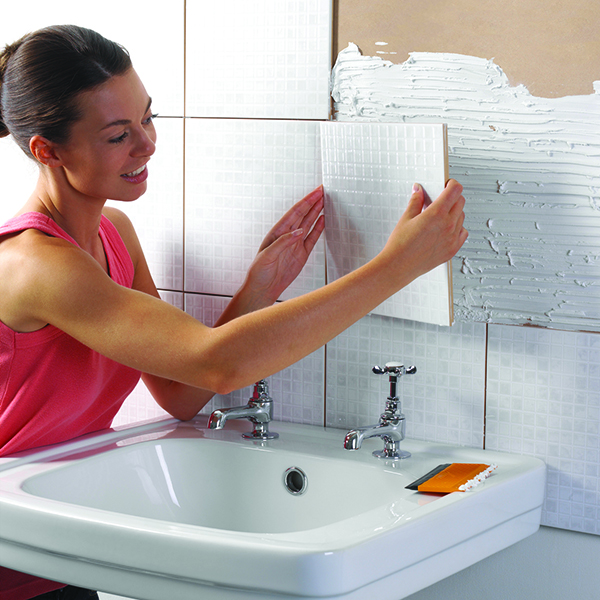Al fresco entertaining has taken off in recent years. It’s much more common today to find homeowners who want to extend living spaces to the outdoors in meaningful ways that go beyond a few lawn chairs and a stand-alone grill. Dream backyard living rooms mirror similar spaces indoors and contain features like cozy corners, lush furniture and televisions or movie projectors. Plus, they often abut additional outdoor luxuries like fully functional kitchens.
Homeowners have various options when designing outdoor living spaces. Above all else, spaces should be created with the goal of encouraging people to get together. Here are some ideas.
Poolside Retreat
Homeowners with pools and other water features likely want this area to be the star of the entertaining space. Furniture will be more of the lounging variety, with comfortable chaises and spots to catch the sun. If a swim-up bar isn’t possible, a rolling bar cart can be stocked with essentials for cocktails or mocktails for the kids. Furniture near the pool will be exposed to a lot of sun, so look for durable, sun-resistant fabrics.
Fireside Nook
Gathering around an outdoor fireplace or fire pit is a treat when the weather cools down. Mirror the look of the same setup indoors by arranging outdoor sofas so they flank the fireplace. Add some ottomans or side tables for stowing mulled cider or hot chocolate. A mantel above the fireplace can hold pots of greenery or candles that add to the ambiance.
Consider A Custom Banquette
Unused corners on a patio or rooftop retreat can utilize a custom-made banquette that provides the functionality of a sofa sectional outdoors. Have a contractor design it to the exact specifications of the area, and add a rug to ground the space.
Vary The Flooring
Depending on the entertaining space, a balance of soft grass, pavers or other hardscape will be necessary. Certain areas will need to be hard enough for chairs and other furniture, particularly for those who are including an outdoor dining table in the design.
Create Some Privacy
Some homeowners are lucky enough to have natural barriers that offer privacy in their entertaining spaces. When there isn’t enough, tall shrubs, inexpensive bamboo fencing or trellis can provide a blind that makes an outdoor living area more cozy and private. Consider placing tall, potted plants on rolling casters to improve privacy as the need arises.
Outdoor living spaces are all the rage, and they can add value and functionality to most any home.









